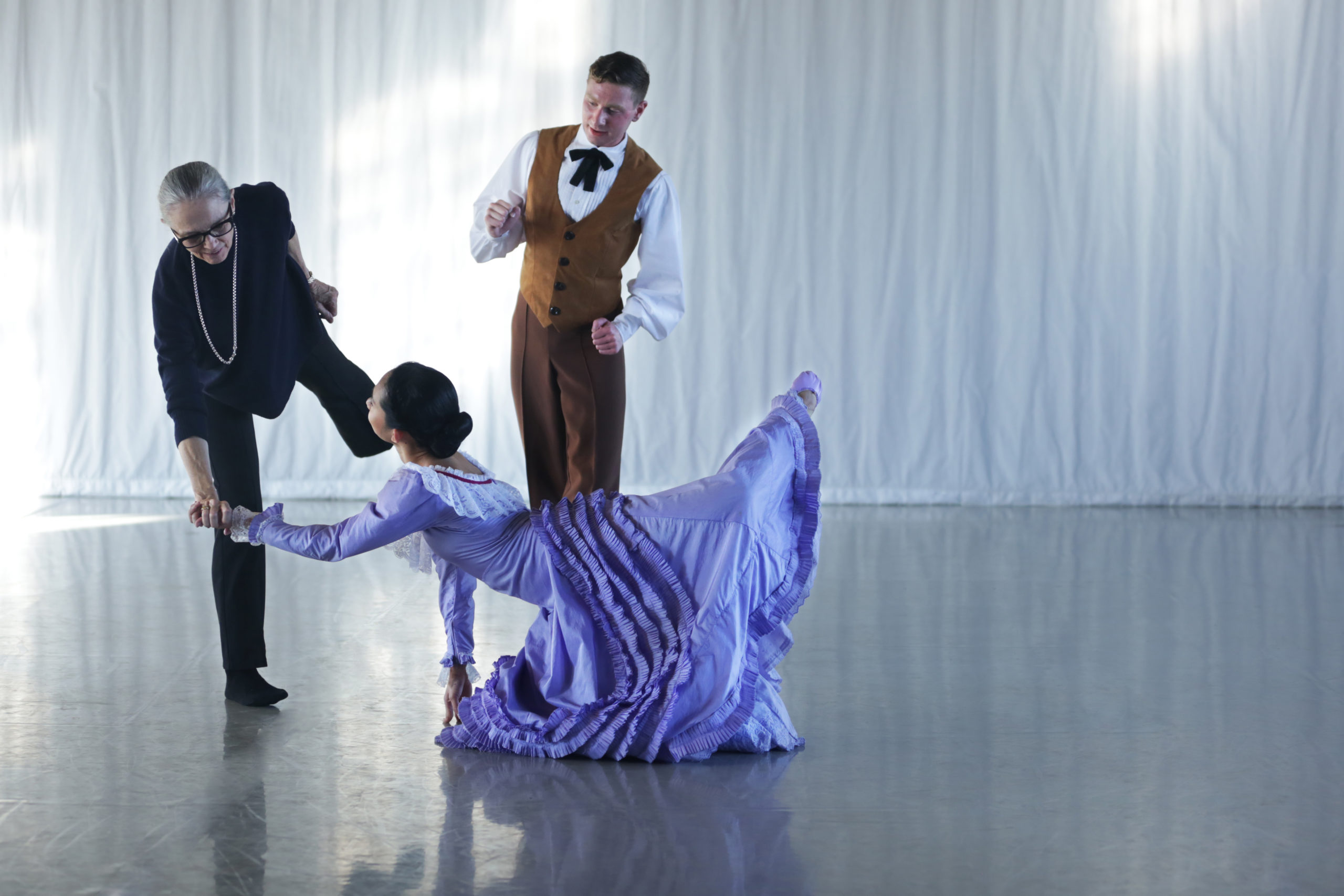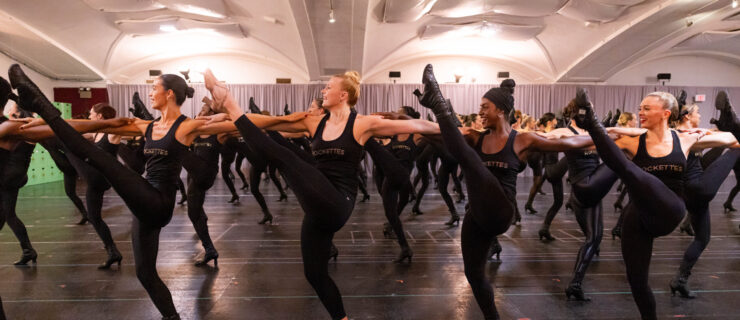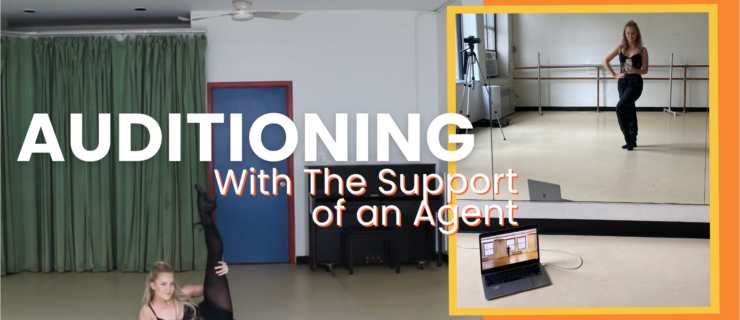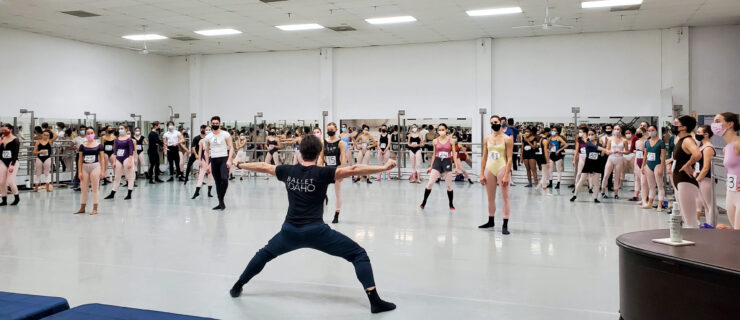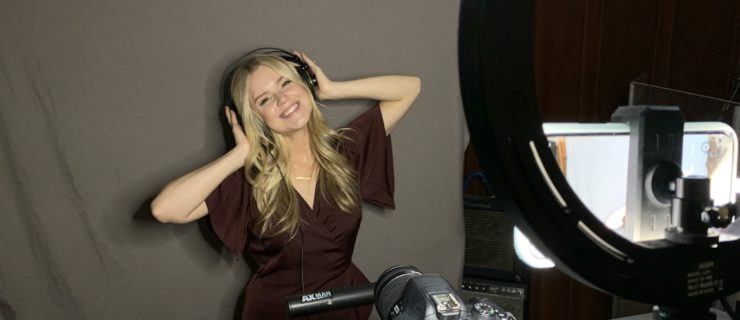Should You “Make the Movement Your Own” in Auditions?
You’ve learned the choreography, the panel is waiting, and your number is up. But as you step into the center of the floor, a question nags: How much should you personalize audition material, imbue it with a sense of who you are, express? After all, isn’t that exactly what art asks of artists? Some leaders in the community would argue, not always.
To help make this dilemma a little less ambiguous, we spoke with Janet Eilber, artistic director of the Martha Graham Dance Company, Virginia Johnson, artistic director of Dance Theatre of Harlem, and Jason Styres, a casting director for Broadway, film and television.
What are your general feelings about dancers personalizing
audition material?
Janet Eilber: “Short answer: Yes, we want to see the dancer’s personality. Martha Graham’s language—the physical vocabulary created—is only 50 percent of the work. That language needs to be completely informed by a dancer’s personal expression. And in an audition, we need to see that a person can show us their personal expression, their vulnerability, their heart, because it’s an essential part of performing Graham. Martha never saw her choruses as uniform personalities. Even if the movement was uniform, she wanted each dancer to be an individual onstage.”
Virginia Johnson: “One of the things I’ve observed is that not enough research has been done by dancers about the company they’re auditioning for. You should walk into that room knowing what that company looks like, what the style is, what their aesthetic is, what their artistic imperative is. It’s not about investing your particular expression in a bit of choreography, but understanding how your artistic intuition fits in with that company’s message. You are auditioning to be part of something bigger than you, so how are you going to be part of that?”
Jason Styres: “I get this question a lot—and I can’t stress this enough: If you are doing the material, it is your own. Now, a creative team may not want to hire you, because your movement is not what they are looking for, but you have to decide which is more important: living artfully and fully, or fitting into the mold. Neither is ‘bad’ or ‘wrong.’ They are just very different. Each choreographer is going to have their own opinion on this, and it can even vary from project to project with the same choreographer.”

“I can’t stress this enough: If you are doing the material, it is your own.” – Jason Styres
How can dancers assess if personalization is welcomed at an audition?
Styres: “Ask! If you feel uncomfortable asking the choreographer, ask the associate or assistant.”
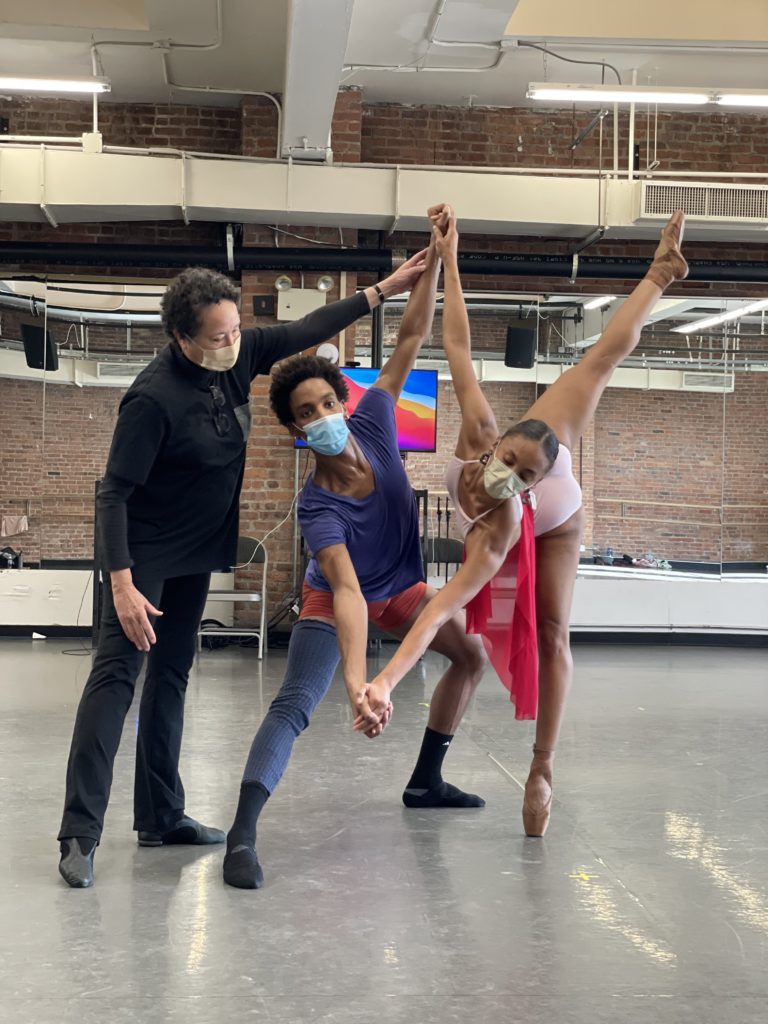
What are some of the ways dancers can make the movement their own without disrespecting the choreographer or the work?
Eilber: “I think the use of focus is incredibly important. It reveals so much about what you’re saying—and it also takes the audience with you. So many dancers think that a head turn is just part of the choreography, when it’s something much more useful, inhabited with intention.”
Johnson: “I’m from the servant generation; I was a servant to my art—I really cherish that. Something has been created by someone else. You have to figure out, well, how do I serve and illuminate that vision?
“One of the beautiful things about the generation that is stepping into the field is their sense of personal identity and investment in that. That is a great step forward. At the same time, I do think it’s very important for them to understand that there’s a sanctity to the material, and it’s not about twisting it to show yourself. It’s about the work.”
Styres: “That depends on the dancer. Some dancers are architectural in their approach—they need to get the structure of the phrase down, know where all the arms go—before adding in anything new. Others are what I call ‘bakers’: They add in flair as they go, based on what feels right, or in response to the atmosphere. Dancers have to understand their own processes to know what will work best for them in an audition.”
Is there anything dancers absolutely should not modify?
Johnson: “It’s an important exercise for the work to be produced as given, so I don’t think that you should ‘modify’ it in any way. It’s more about enhancing and deepening what’s given.” n
